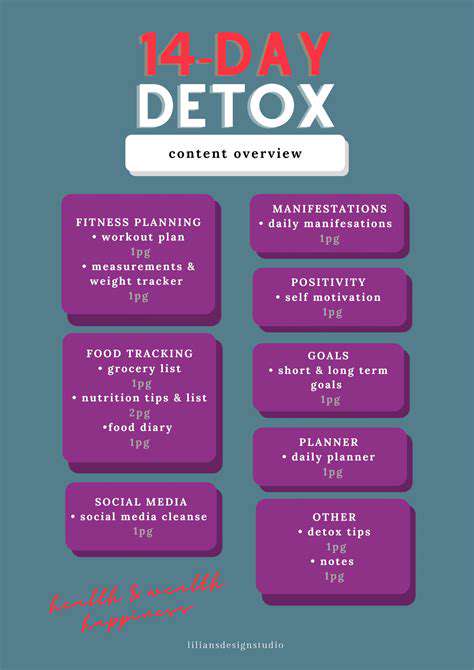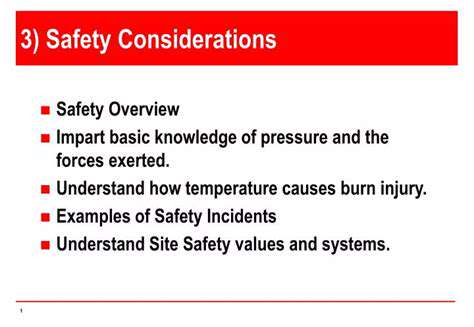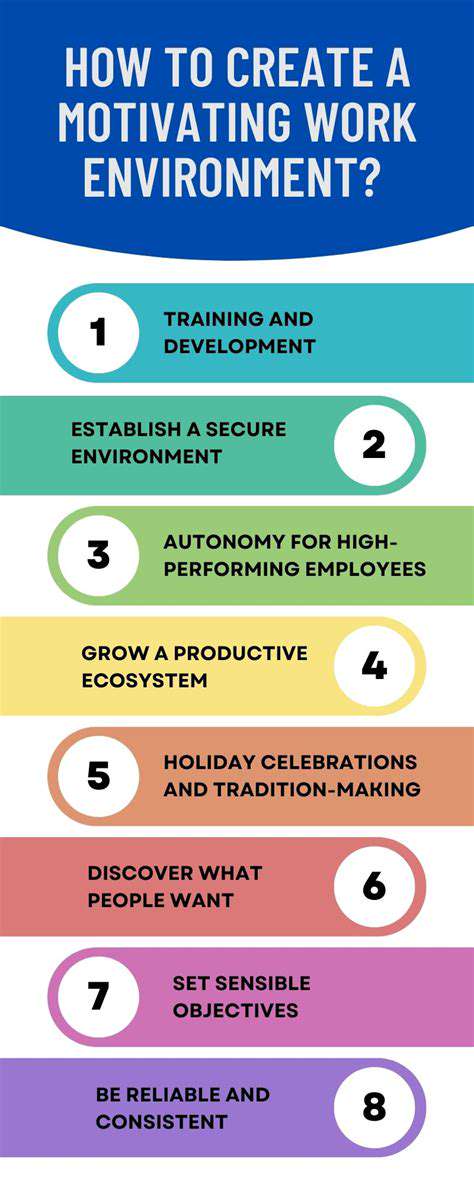Health Tips for Gamers (Ergonomics, Eye Strain Prevention)
Understanding the Importance of Ergonomics for Gamers
Ergonomics plays a crucial role in ensuring a comfortable and healthy gaming experience. A well-designed workspace, tailored to the specific needs of a gamer, can significantly reduce the risk of developing musculoskeletal issues like carpal tunnel syndrome, back pain, and neck strain. By prioritizing ergonomics, gamers can maintain optimal posture and minimize the physical toll of extended gaming sessions, leading to a more enjoyable and sustainable gaming lifestyle.
Proper Posture and the Role of a Gaming Chair
Maintaining good posture is paramount for preventing discomfort and injuries during extended gaming sessions. A gaming chair designed with ergonomic features, such as adjustable lumbar support, height, and armrests, can provide crucial support and allow for personalized adjustments. This support helps to maintain a neutral spine alignment, reducing strain on the neck, back, and shoulders.
Choosing a chair with high-quality materials and proper padding is also essential. This will promote comfort and prevent discomfort during long gaming hours. Consider factors like the chair's weight capacity and the type of fabric to ensure it meets your needs and preferences.
Monitor Placement and Viewing Distance
The placement of your monitor is critical for minimizing eye strain and neck pain. Position your monitor at arm's length, ensuring that the top of the screen aligns with or slightly below eye level. This prevents you from constantly looking up or down, which can strain your neck muscles. Maintaining an appropriate viewing distance is also important; avoid placing the monitor too close, as this can exacerbate eye strain and headaches.
Keyboard and Mouse Placement for Optimal Comfort
Strategically positioning your keyboard and mouse is essential for maintaining a neutral wrist and forearm position. Place the keyboard directly in front of you, ensuring that your wrists are straight and not bent excessively. Use a wrist rest if necessary to provide additional support and prevent discomfort. Position the mouse close to the keyboard, making it easy to reach without straining your hand or wrist.
Keyboard and Mouse Placement for Optimal Comfort
A comfortable and well-positioned keyboard and mouse are vital for preventing repetitive strain injuries. Ensure your hands can reach the keyboard and mouse without significant stretching or awkward positions. Use a wrist rest to support your wrists when typing or using the mouse, reducing strain on your hands and wrists. Consider the size of your hands when selecting a keyboard and mouse to ensure they fit comfortably and ergonomically.
Importance of Breaks and Movement
Regular breaks are vital for preventing fatigue and discomfort. Get up and move around every 30 minutes to an hour to stretch your muscles and improve circulation. Simple exercises, such as shoulder rotations, wrist stretches, and neck rotations, can help alleviate muscle tension and prevent stiffness. Taking regular breaks is crucial for maintaining overall health and preventing long-term issues.
Creating a Well-Lit Gaming Environment
Proper lighting is essential for reducing eye strain and improving focus. Avoid harsh overhead lighting, which can cast shadows and cause discomfort. Use a combination of ambient and task lighting to create a comfortable and well-lit gaming environment. Ensure the lighting is not too bright or too dim, as this can affect your vision and concentration.
Prioritizing Sleep and Breaks: Recharging for Peak Performance

Prioritizing Sleep for Optimal Performance
Adequate sleep is crucial for cognitive function, emotional regulation, and physical health. When we prioritize sleep, we are not just resting; we are actively fueling our bodies and minds for peak performance throughout the day. Sleep deprivation can lead to decreased alertness, impaired memory, and difficulty concentrating, significantly impacting productivity and overall well-being. Establishing a consistent sleep schedule and creating a relaxing bedtime routine can significantly improve sleep quality and duration.
The impact of sleep extends beyond immediate effects. Chronic sleep deprivation can contribute to various health problems, including weakened immunity, increased risk of chronic diseases, and mental health issues. Prioritizing sleep is an investment in long-term health and well-being. Understanding the importance of sleep and actively incorporating it into daily life is essential for optimal performance and overall health.
The Importance of Regular Breaks
Regular breaks are not a luxury, but a necessity for maintaining focus and productivity. Extended periods of uninterrupted work can lead to mental fatigue, decreased concentration, and ultimately, reduced efficiency. Short breaks, ideally every 50 to 90 minutes, can significantly improve performance by allowing the mind to rest and recharge.
Taking breaks allows the brain to consolidate information and process what has been learned. This process of memory consolidation is critical for long-term learning and retention. Breaks also provide an opportunity to stretch, move around, and refresh the body, reducing physical strain and improving overall well-being. Integrating regular breaks into the workday can lead to a more productive and less stressful work environment.
Creating a Supportive Environment for Rest
A supportive environment significantly influences the quality of both sleep and breaks. A quiet and dark bedroom, free from distractions, is conducive to restful sleep. Creating a dedicated workspace that is free of clutter and noise can promote focus and efficiency during work periods, allowing for more effective breaks.
Comfortable furniture and ergonomic setups can minimize physical discomfort, leading to a more enjoyable and productive work experience. Natural light and fresh air are also important elements in creating an environment that fosters well-being and supports both sleep and break periods. A supportive environment sets the stage for optimal rest and rejuvenation.
Strategies for Implementing Breaks and Sleep
Implementing strategies for both sleep and breaks is key to effective time management and overall health. Establish a consistent sleep schedule, going to bed and waking up around the same time each day, even on weekends. This helps regulate the body's natural sleep-wake cycle.
Create a relaxing bedtime routine to signal your body that it's time to sleep. This might include taking a warm bath, reading, or listening to calming music. During the day, schedule short breaks at regular intervals. Use these breaks to stretch, walk around, or engage in activities that help you relax and recharge.
Long-Term Benefits of Prioritized Breaks and Sleep
Prioritizing sleep and breaks is not just about immediate productivity; it has profound long-term benefits. Consistent sleep and regular breaks contribute to improved mood regulation, stress management, and a reduced risk of burnout. These practices can also enhance creativity and problem-solving skills.
Regular breaks and sufficient sleep foster better concentration and cognitive function, leading to improved academic or professional performance. Ultimately, prioritizing sleep and breaks is an investment in your overall well-being, enabling you to thrive both personally and professionally.
Read more about Health Tips for Gamers (Ergonomics, Eye Strain Prevention)
Hot Recommendations
-
*Guide to Managing Gout Through Diet
-
*Best Habits for Financial Well being
-
*How to Build a Routine for Better Mental Health
-
*How to Eat Healthy on a Budget [Tips & Meal Ideas]
-
*Guide to Practicing Self Acceptance
-
*How to Incorporate More Movement Into Your Day
-
*Guide to Managing Chronic Pain Naturally
-
*Guide to Building a Reading Habit for Well being
-
*Top 5 Weight Loss Supplements That Actually Work
-
*Best Exercises for Postpartum Recovery [Beyond Abdominal Work]









![How to Recover Faster After Workouts [Tips & Techniques]](/static/images/26/2025-07/ListentoYourBody3ARecognizingandAddressingSignsofOvertraining.jpg)

